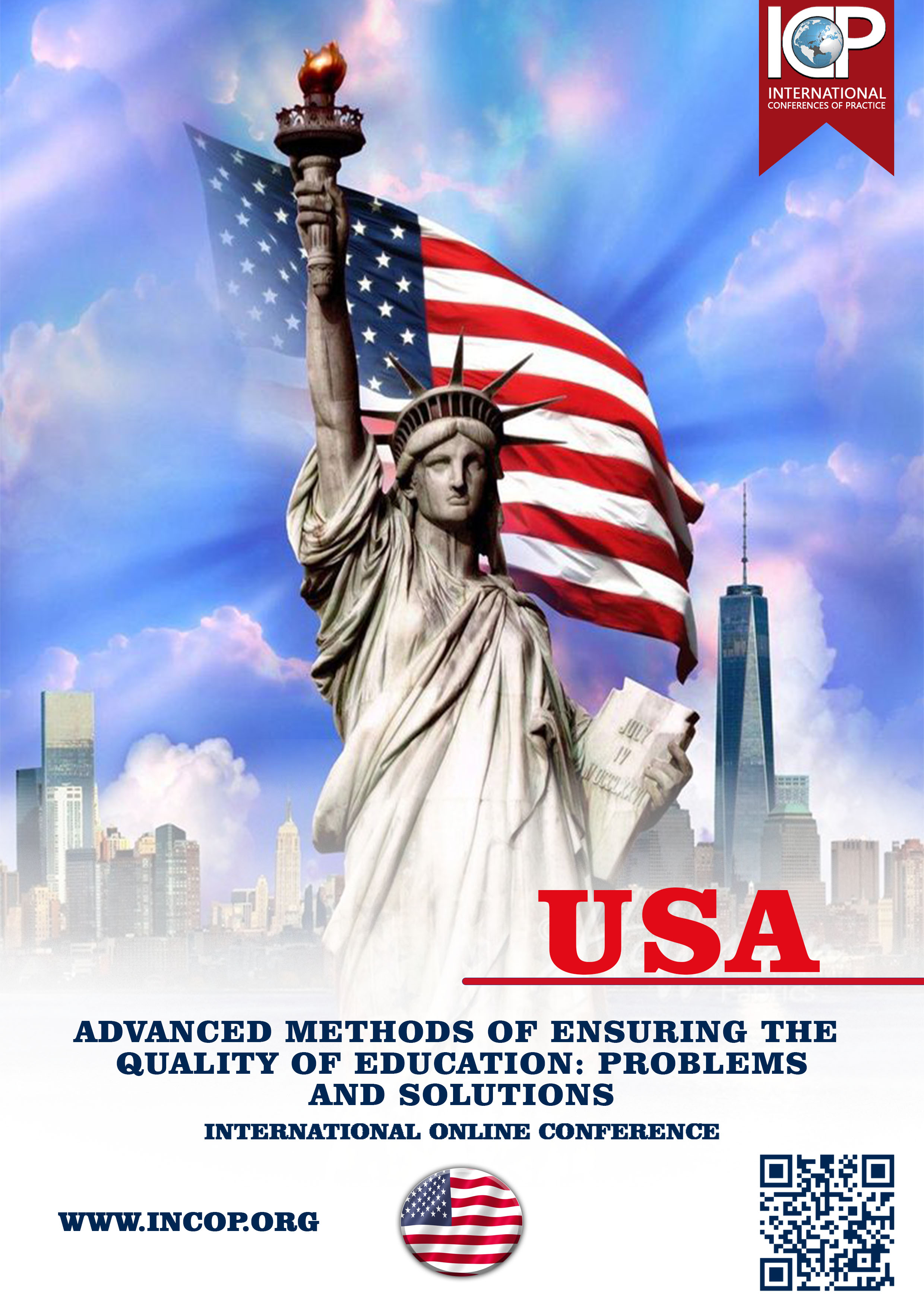THE ROLE OF PICTURE BOOKS IN THE MENTAL DEVELOPMENT OF CHILDREN (AGES 0-6)
Abstract
It is known that many measures are being implemented in our country in the field of preschool education and the comprehensive upbringing of children. Especially gratifying that a number of competitions and art evenings are being organized to increase young people's interest in books, but along with such initiatives, it should be noted that children's literature, especially books for young children, is a problem, and the level of picture books requires considerable research. The problem we are facing is the almost complete absence of Uzbek-language picture books or books that celebrate Uzbek nation, intended for children aged 0-3, 0-6. In this regard, I can give examples from only world literature.
In my article, I have outlined my experience based on scientific research on what books are suitable for children aged 0-6, how to use them, and what they give to the child.
Picture books help a child to recognize their identity from an early age, teach them to adapt to social life, and enrich their world of thought through visual memory.
Children's literature in the form of picture books tells a story using text and pictures to communicate. Often intended for young children, they are designed to be aesthetically appealing and understandable to capture their attention.
In this article, we will discuss the benefits of picture books, such as how they help develop a child's vocabulary, reading skills, and critical thinking skills. In addition, we will talk over about ways in which picture books can be used to promote diversity and inclusiveness, as well as the importance of choosing content that is appropriate for children of a particular age.
References
1. Jamilova B., Bolalar adabiyoti va zamonaviylik, O’quv qo’llanma, Buxoro 2023
2. Jumaboyev M. Bolalar adabiyoti va folklor. – Toshkent: Adabiyot, 2010
3. Suyumov A., Kichkintoylar adabiyoti, T., 1962
4. Dinara Mo’minova. https://uzbaby.uz/
5. https://uz.wikipedia.org/wiki/Bolalar_adabiyoti
6. http://serquyoshsolnomasi.oyina.uz/uz/article/2452
7. https://www.thechildrensbookreview.com.
8. Yilmaz, B., & Erden, F. T. (2022). Exploring humour within the early childhood periodfromchildren’s and teachers’ perspectives. Journal of Childhood, Education and Society, 3(2), 151-167
9. Bray, L., Appleton, V., & Sharpe, A. (2019). ‘If I knew what was going to happen, it wouldn’t worryme so much’: Children’s, parents’ and health professionals’ perspectives on informationfor children undergoing a procedure. Journal of Child Health Care, 23(4), 626-638.
10. Catala, A., Gijlers, H., & Visser, I. (2023). Guidance in storytelling tables supports emotional development in kindergartners. Multimedia Tools and Applications, 82(9), 12907-12937.
11. Kümmerling-Meibauer, B., & Meibauer, J. (2013). Towards a cognitive theory of picturebooks. International Research in Children’s Literature, 6(2), 143-160
12. Miller, S. A. (2012). Theory of mind: Beyond the preschool years. London, UK: Psychology Press
13. Zivan, M., Gashri, C., Habuba, N., & Horowitz-Kraus, T. (2022). Reduced mother-child brain-to- brain synchrony during joint storytelling interaction interrupted by a media usage. ChildNeuropsychology, 28(7), 918-937.
14. Ganea P. A., Pickard M. B., & DeLoache J. S. (2008). Transfer between Picture Books and the Real World by Very Young Children. Journal of Cognition and Development, 9(1), 46–66.
15. Hargrave A. C., & Sénéchal M. (2000). A book reading intervention with preschool children who have limited vocabularies: The benefits of regular reading and dialogic reading. Early Childhood Research Quarterly, 15(1), 75–90


